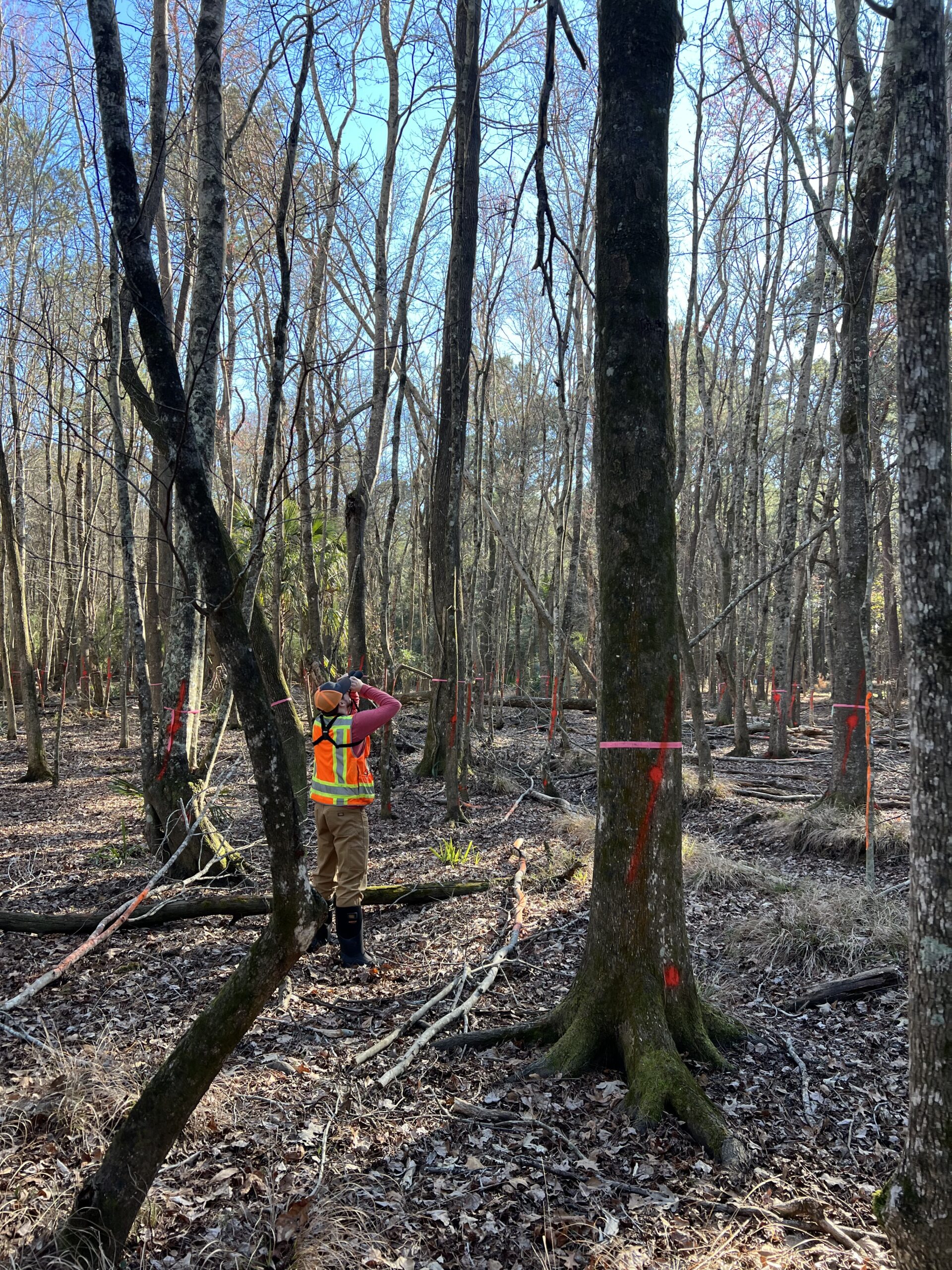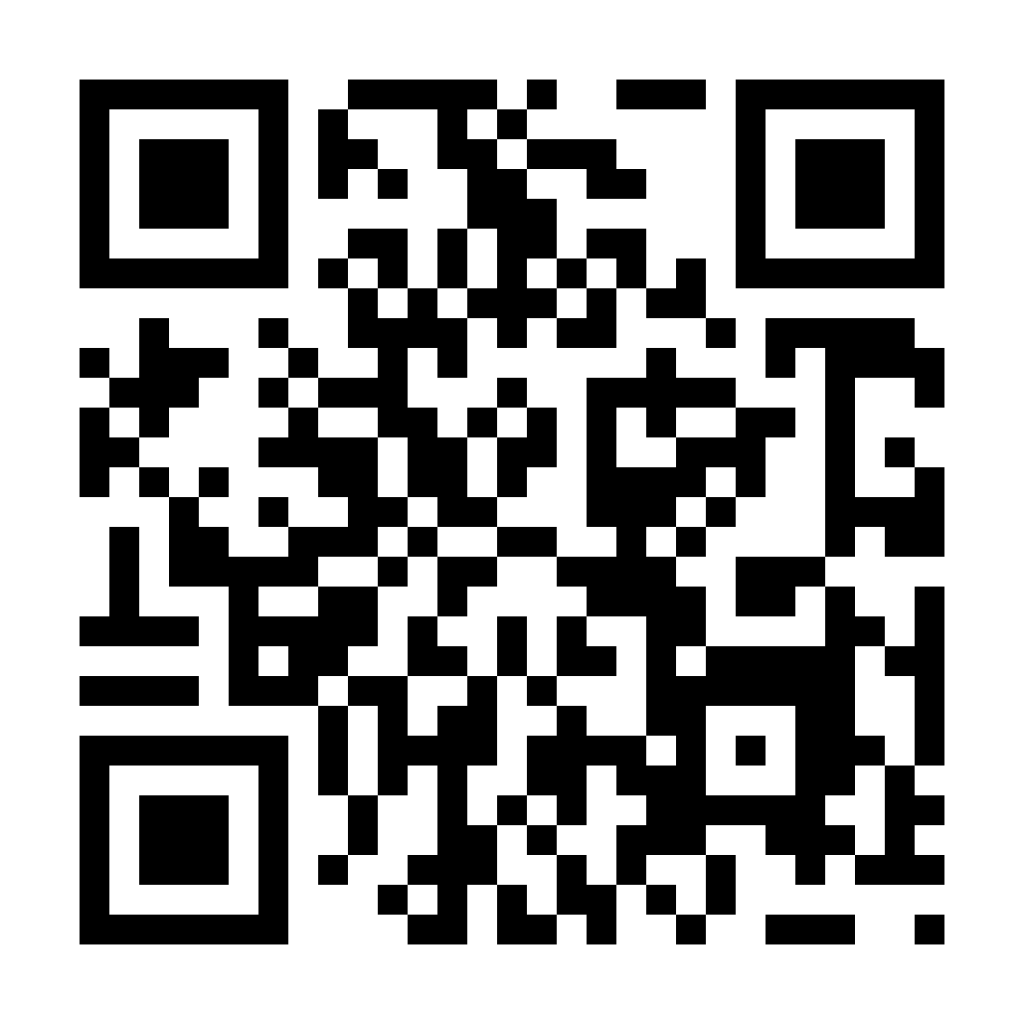We want to keep you informed about the Asian longhorned beetle (ALB) infestation in South Carolina, as supportive community relationships are essential to the success of eradicating the beetle. This update is being issued to established collaborators, communities, and stakeholders, and we invite you to share this information with anyone who may be affected by our operations.
Program Photo of the Month: Clemson’s survey team following up on community leads in the lowcountry!

Background
What happened? In May 2020, Anoplophora glabripennis, Asian longhorned Beetle (ALB) was detected in South Carolina for the first time in Hollywood, SC by a local homeowner. Shortly after, a collaborative program between Clemson University’s Department of Plant Industry (DPI) and USDA Animal Plant Health Inspection Services (APHIS) was formed with the goal of detection and eradication of ALB. Since 2021, South Carolina state and federal quarantines were established in the known areas of ALB infestation encompassing portions of Charleston and Dorchester counties.
Why do we care? As an invasive species, ALB negatively impacts the local environment, economy, and poses a risk to public health through infesting a number of hardwood species, expediting the rate of tree mortality.
What are we doing? Clemson’s DPI and USDA APHIS are conducting tree inspection surveys within the quarantine and the surrounding area to determine the size and scope of the infestation. Davey Resource Group is contracted to carry out survey and tree removal services on behalf of the ALB Program.

Photo Description: ALB program surveyor conducting tree survey to detect beetle damage. Surrounding trees with orange spray paint have been marked as infested by the program.
What does ALB look like?
- Body length:
- Ranges from 0.7 – 1.6 inches
- Colorations:
- Body: Mostly black with 10-20 irregular white spots on its wing covers
- Antennae: Alternating black and white, ranging from 1.5 to 2 times its body length
- Legs: Black with slight bluish hue


Egg to Exit: Life Cycle
ALB lives inside of the tree from the egg to pupa stages. Once the beetles develop into adults, they begin to emerge from within the tree from early May until late September. One generation cycle is estimated to be completed within one year in SC.

Host Trees
A host tree is defined as any tree that ALB can complete its lifecycle in. Here is a list of all 12 ALB host genera:

- Maple (Acer)
- Willow (Salix)
- Elm (Ulmus)
- Poplar (Populus)
- Sycamore/ London Plane Tree (Platanus)
- Birch (Betula)
- Ash (Fraxinus)
- Buckeye/ Horse Chestnut (Aesculus)
- Mimosa (Albizia)
- Mountain Ash (Sorbus)
- Golden Raintree (Koelreuteria)
- Katsura (Cercidiphyllum)
Photo Description: ALB damage on a Red Maple, its most preferred host species in SC.
Damage
The best way to detect ALB presence is by the characteristic damage they create on infested trees.

Photo Description: Egg sites (circled in blue) and exit holes (circled in red) on an infested maple log.
If you suspect that you have seen ALB or find suspicious looking damage on a tree belonging to any of the host genera listed above, you can make a report to the program through our reporting tool.
QUARANTINE & REGULATIONS:
Federal and state quarantines are established for Charleston County and a small portion of Dorchester County. The state quarantine legislation was enacted with publication in the State Register on June 25, 2021. See SC ALB regulations here and view the Electronic Code of Federal Regulations here.
For property owners who will have infested trees requiring removal, they should receive official notification via certified mail from DPI and, whenever possible, will be notified by a Davey Resource Group official before tree removal work begins.
ALB By the Numbers – 2025 ALB stats as of 09/01/2025
- Tree Surveys: 546,394
- Infested Detections: 12,759
- Infested Removals: 7,653
- High Risk Removals: 20,297
In accordance with SC’s State Crop Pest Commission, a regulated article is considered as anything that poses a risk of spreading ALB, including the beetle at any life stage, firewood and any woody host material half an inch or more in diameter. Regulated articles must be processed appropriately per state and federal regulations before leaving the quarantine.
Regulated material may also be disposed of at an approved disposal site inside the quarantine area. Approved dumpsites include Bees Ferry Road Convenience Center, 1344 Bees Ferry Road, 29414 or the Hollywood Convenience Center, 5305 Highway 165, 29449. Please contact the SC ALB Program for additional questions regarding proper handling and disposal of woody debris.
The ALB Program is proactively contacting businesses operating within the quarantine for guidance in how to adhere to the quarantine requirements. To sign up for free compliance training, where you can learn about how to handle regulated articles, please contact the SC ALB Program at stopALB@clemson.edu or 843-973-8329.
OUTREACH:
The Clemson University Invasive Species Program often shares Program updates and information on ALB (as well as other invasive species of concern in South Carolina) on its Facebook page – like and follow to get updates in your social media feed!
On September 10th, members of the program will be attending SC Forestry Commission’s 2025 Fall Arborist Workshop to visit with professionals in private and public sectors to reconcile on growing, protecting, and preserving our state’s urban and community forests. Next month, the program will be tabling at the Latin American Festival on October 5th from 12-5pm at the North Charleston Wannamaker County Park for a day of music, food, and culture! Be sure to stop by for a chance to win some exclusive program swag and learn more about the program, we hope to see you there!
If your community organization is interested in hosting an ALB outreach event, please contact the program at stopALB@clemson.edu. Asian Longhorned Beetle outreach materials are available at www.clemson.edu/alb. If you or someone you know would like printed copies of our brochure, please reply to this email and we will arrange to get them to you.
REMINDERS:
It is important to know the beetle is not harmful to people or pets. DPI and USDA tree inspectors will notify residents of survey activities on private properties before they conduct surveys whenever possible. Tree inspectors are dressed in Clemson, USDA, or Davey Resource Group uniforms and will provide identification if asked. We are asking residents to look for the beetle and to examine their trees for any damage that may be caused by the beetle. Residents can report the beetle or tree damage through the reporting tool, by emailing stopALB@clemson.edu, or by calling the SC ALB Program Office at 843-973-8329.
CLOSING:
We aim to provide consistent, transparent communication with all those affected in the Charleston area. Please let us know how we can assist in the wider sharing of this information in your communities and with all stakeholders. Our program is made possible through a collaborative effort between Clemson University’s Department of Plant Industry, The College of Charleston and The College of Charleston Foundation, and the USDA’s Animal and Plant Health Inspection Service. To subscribe or unsubscribe from this update, please email stopALB@clemson.edu describing your request. We appreciate your support. Thank you!
Want to stay in the loop?
Tune in for our monthly newsletter! Get the newsletter to your inbox each month. To subscribe scan this QR code or follow the instructions below:

- Create a new email message to listserv@lists.clemson.edu
- In the body of the message, type the following: subscribe listname First Last Example: subscribe SCALBNEWSLETTER Jane Doe
- If there is an email signature in the body of the message, you must remove it so it does not interfere with Listserv reading the subscription command.
- Send the email.
- Subscriber should receive an email confirmation it was successful.
